¤ 10+ minutes Read
Places to visit in Ladakh
Nestled in the northernmost reaches of India, Ladakh is a land of stark beauty and spiritual serenity. Known for its dramatic landscapes, ancient monasteries, and vibrant Tibetan-Buddhist culture, it offers an experience unlike any other. Snow-capped peaks, high-altitude deserts, and crystal-clear lakes define its breathtaking terrain. Whether you seek adventure, tranquility, or cultural depth, Ladakh captivates every kind of traveler.
Wiki Link: Places to visit in Ladakh
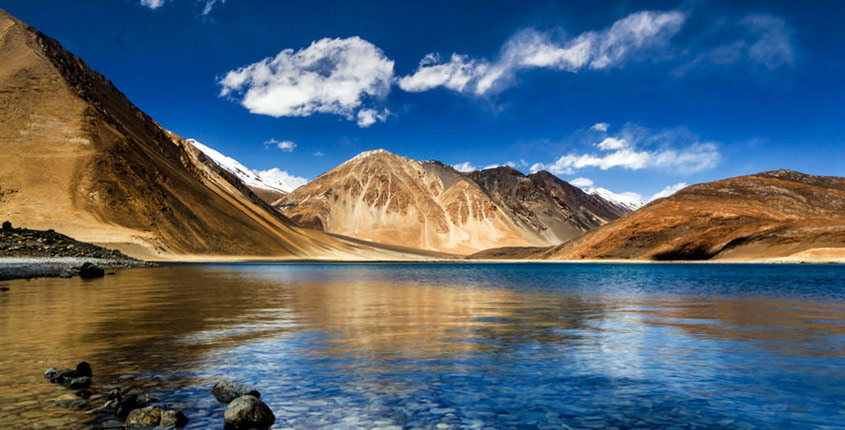
Pangong Tso Lake
A high-altitude lake that stretches from India to Tibet, renowned for its shifting shades of blue throughout the day. Surrounded by stark mountains, the lake sits at over 14,000 feet above sea level and freezes completely in winter despite its saline water. It became widely popular after being featured in Bollywood films, yet it retains its tranquil charm.
Pangong offers basic camping facilities and stargazing opportunities. The stillness of the water contrasts beautifully with the jagged, barren landscape. Travelers must obtain permits to access this protected region.
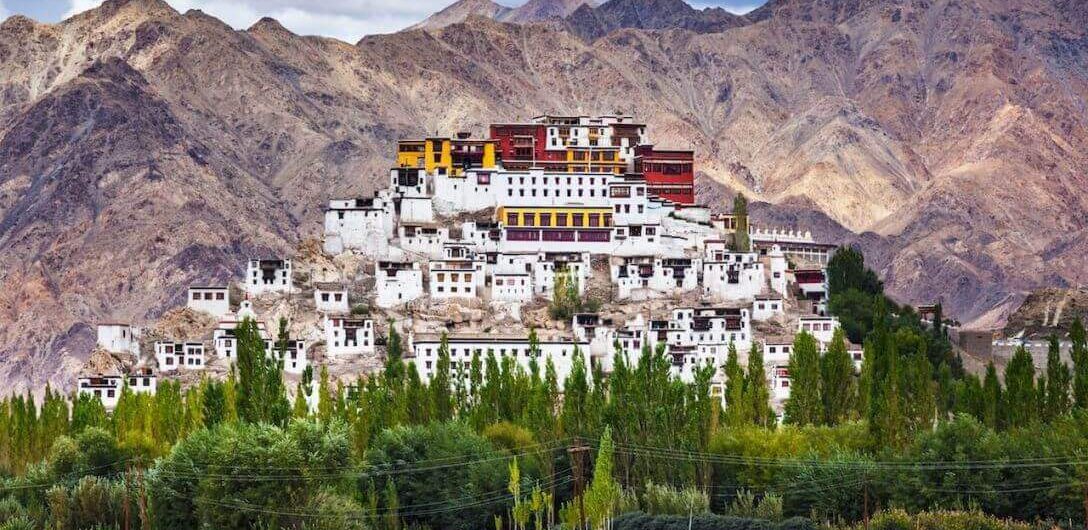
Thiksey Monastery
A majestic hilltop monastery resembling the Potala Palace, Thiksey houses a 49-foot statue of Maitreya Buddha and offers a tranquil spiritual experience.
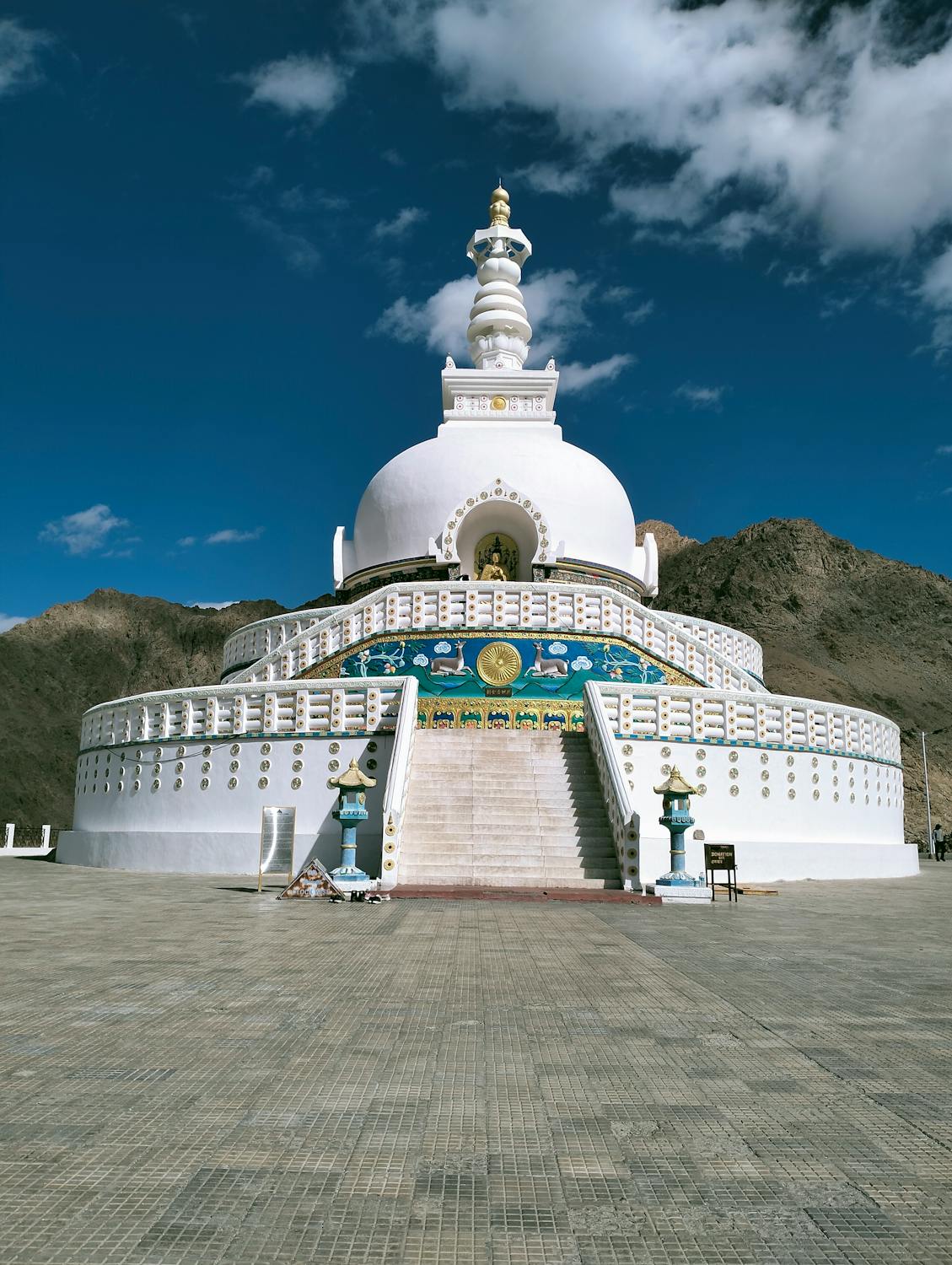
Shanti Stupa
Built to promote peace, this white-domed structure overlooks Leh and offers stunning views of the Himalayas, especially during sunrise and sunset.
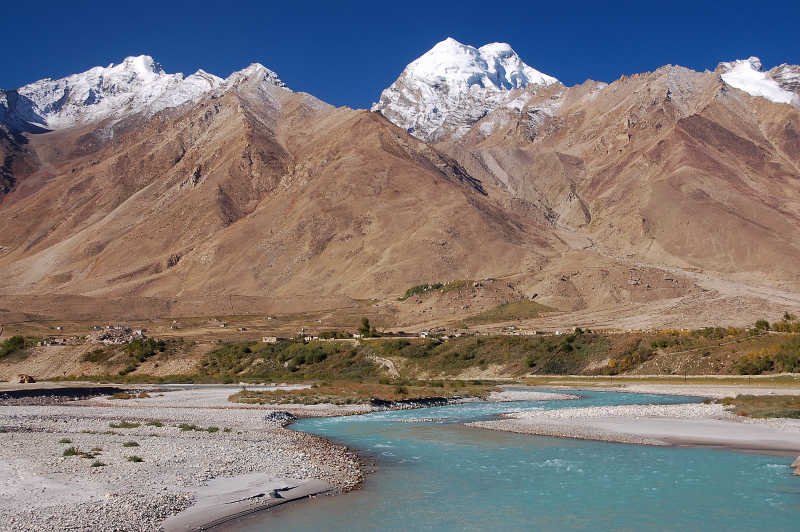
Zanskar Valley
Ideal for adventure seekers, Zanskar is known for its dramatic gorges, frozen river treks, and offbeat charm. It remains largely untouched by commercialization.
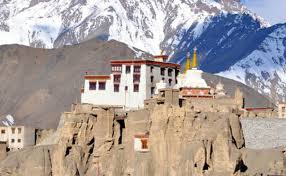
Alchi Monastery
Dating back to the 11th century, Alchi Monastery features Indo-Tibetan art and ancient wall paintings. It’s one of the oldest and most artistically rich sites in Ladakh.
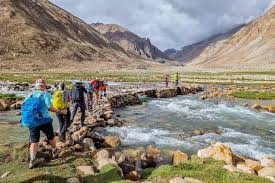
Nubra Valley
Lies north of Leh, accessible via the high-altitude Khardung La Pass. This cold desert is unique with its sand dunes, double-humped Bactrian camels, and the contrasting greenery of villages like Hunder and Turtuk. The valley is flanked by the Karakoram Range and offers views of distant glaciers.
Diskit Monastery, perched above the town, adds spiritual charm with its giant Buddha statue. Nubra is also culturally rich, being home to the Balti and Ladakhi people. Camping by the Shyok River or under the stars is an unforgettable experience.
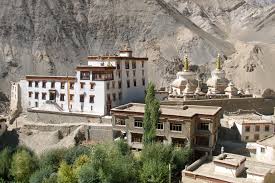
Lamayuru Monastery
Often called the “Moonland of Ladakh” due to its unique terrain, a serene monastery with spectacular backdrops and spiritual significance.
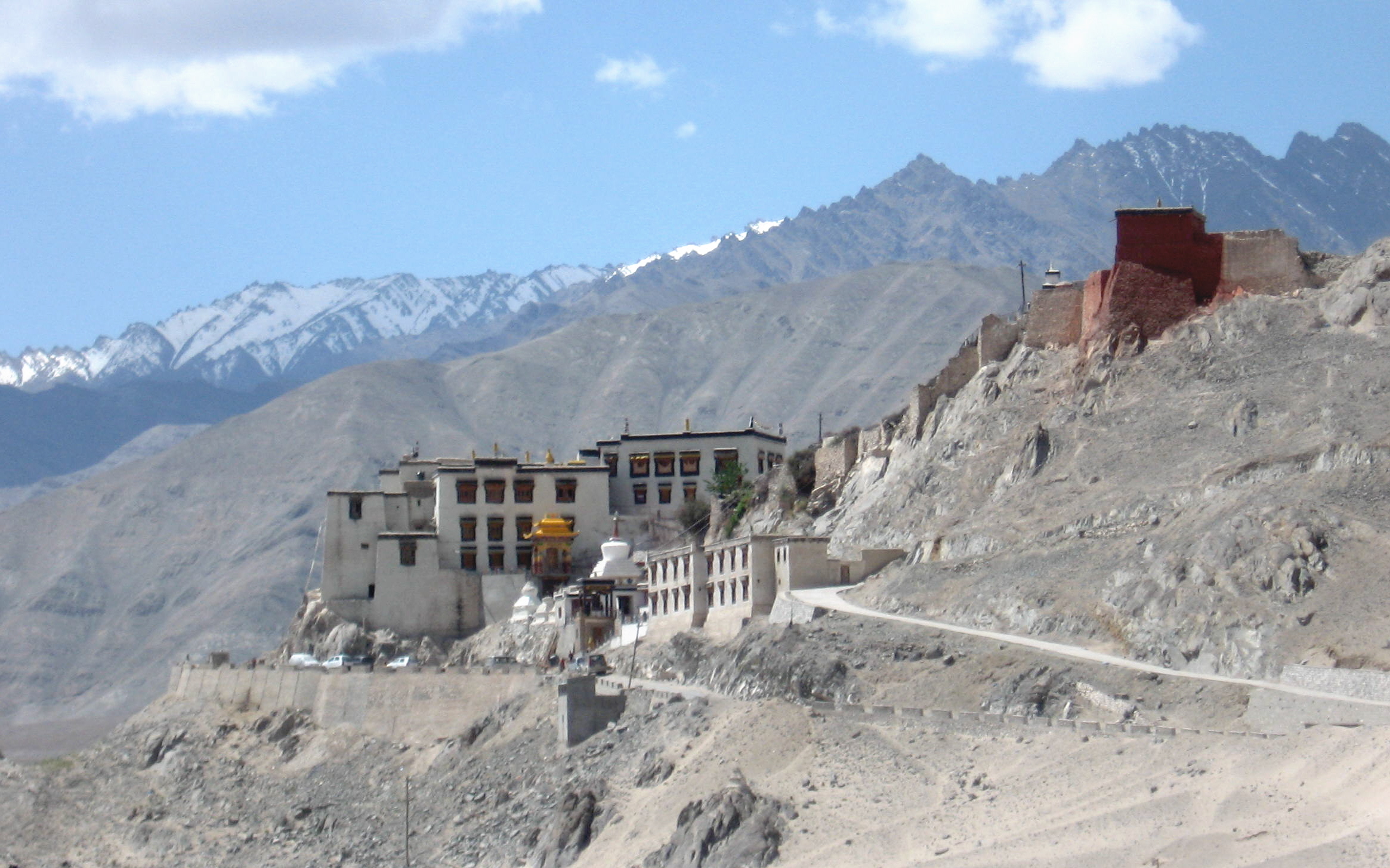
Spituk Monastery
Located just outside Leh, Spituk is famous for its collection of Buddhist artifacts and the annual Gustor Festival, which features masked dances.
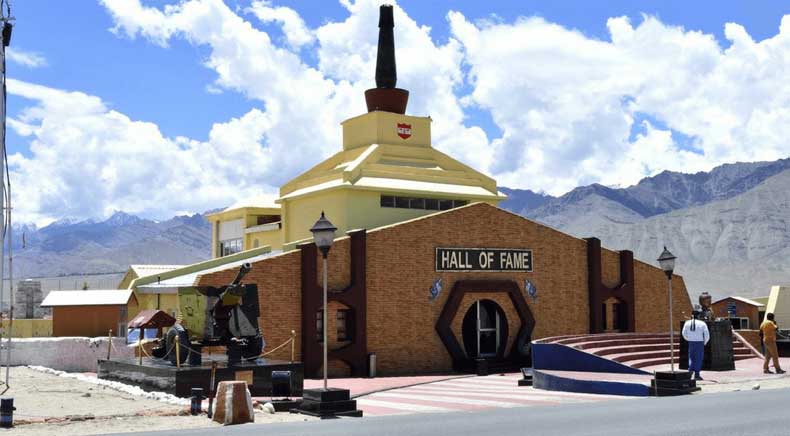
Hall of Fame Museum
Run by the Indian Army, this museum showcases the bravery of soldiers in conflicts and educates visitors about life on the high-altitude borders.
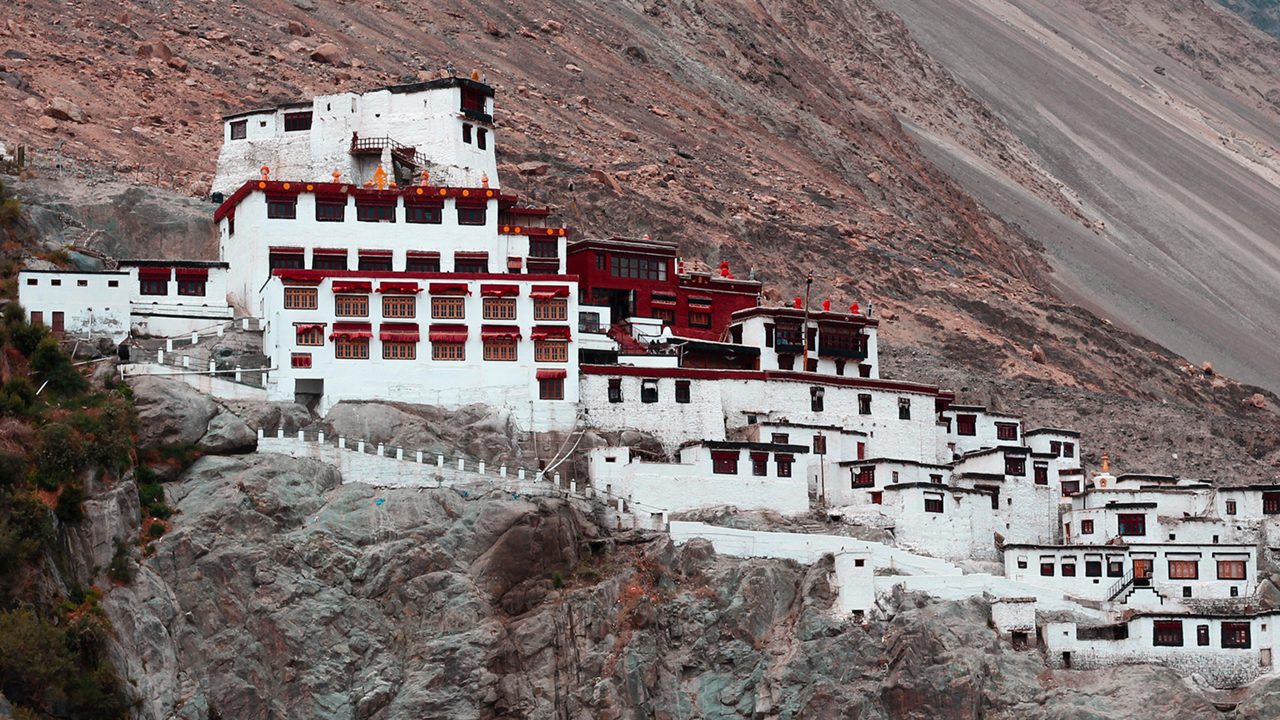
Diskit Monastery
Home to a towering statue of Maitreya Buddha, this monastery offers a spiritual ambiance and panoramic views of Nubra Valley.
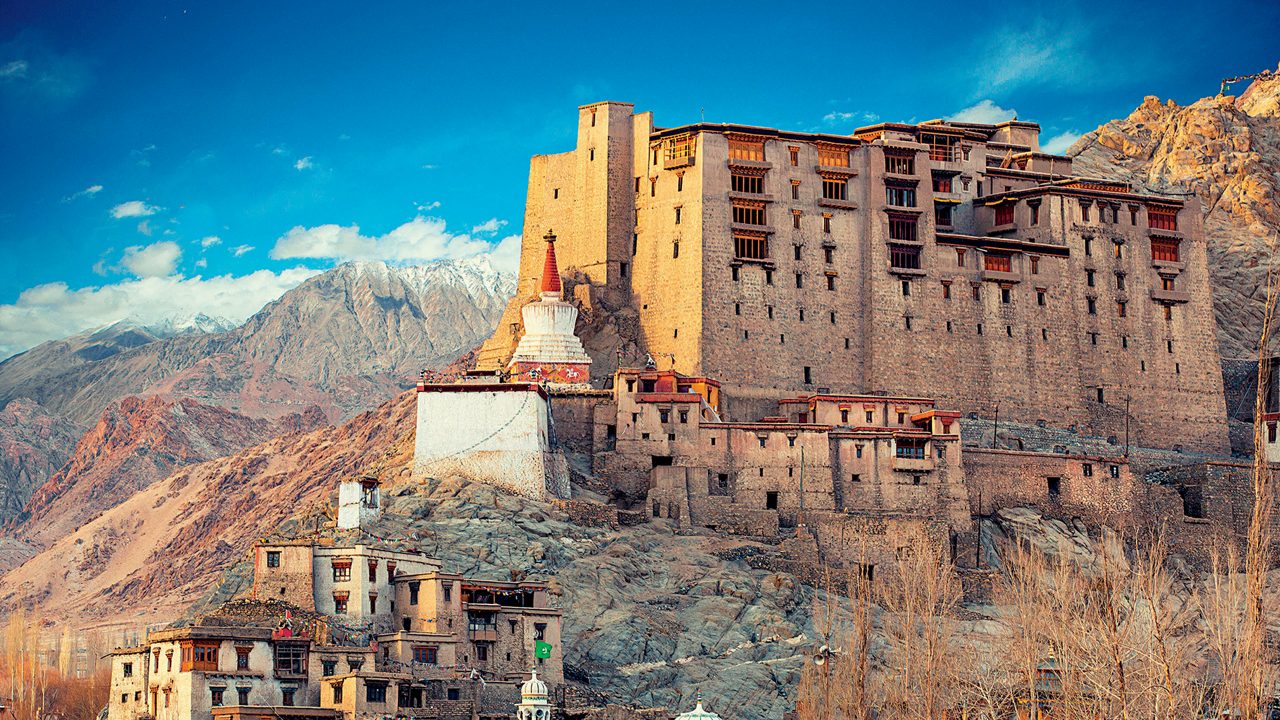
Leh Palace
A nine-storey structure built in the 17th century by King Sengge Namgyal, overlooks the town of Leh. Once the royal residence, it mirrors the architectural style of Lhasa’s Potala Palace. Though partially in ruins, it houses ancient murals, thangkas, and a panoramic terrace offering sweeping views of the Leh valley.
The palace’s old-world charm evokes the grandeur of Ladakhi royalty. Its mud-brick walls and wooden interiors reflect Ladakh’s resilience and craftsmanship. It stands as a timeless symbol of the region’s regal and cultural heritage.
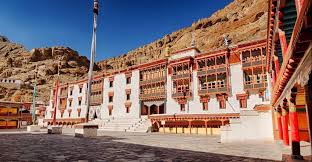
Hemis Monastery
The largest monastery, famous for its annual festival, mask dances, and its rich spiritual heritage. It houses sacred relics and a massive statue of Guru Padmasambhava.
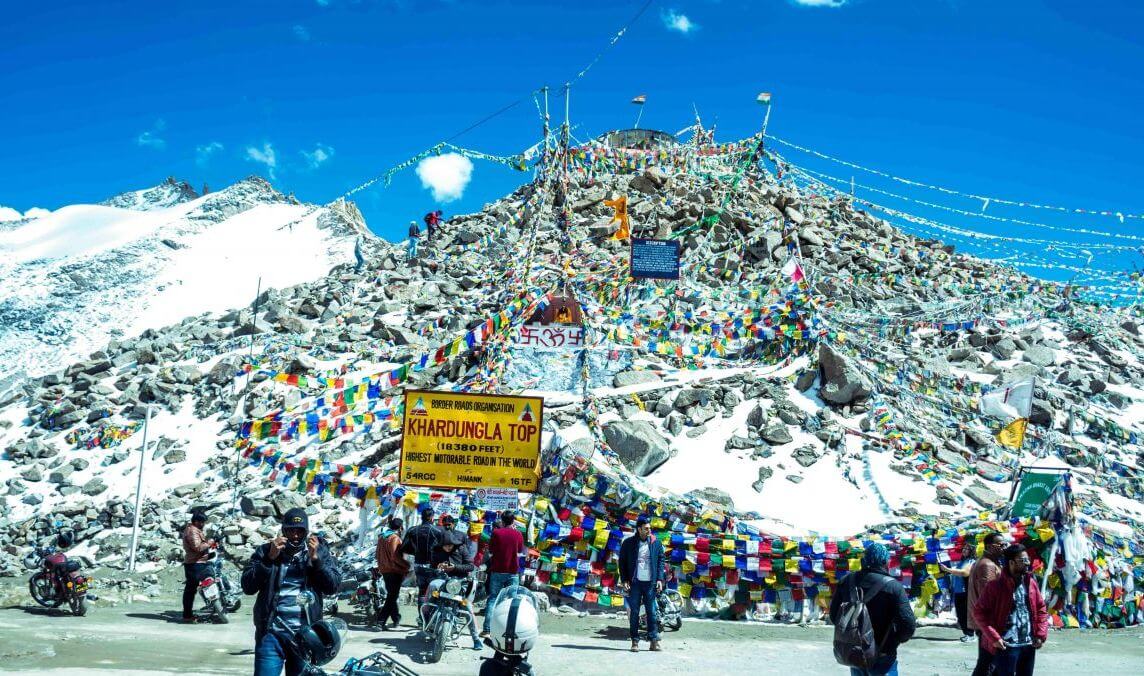
Khardung La Pass
One of the world’s highest motorable roads, Khardung La offers thrilling drives and spectacular mountain views. It serves as a gateway to Nubra Valley.

Magnetic Hill
A gravity-defying optical illusion, appears to pull vehicles uphill. It’s a quirky stop on the way to Leh from Srinagar and adds a mysterious touch to the journey.
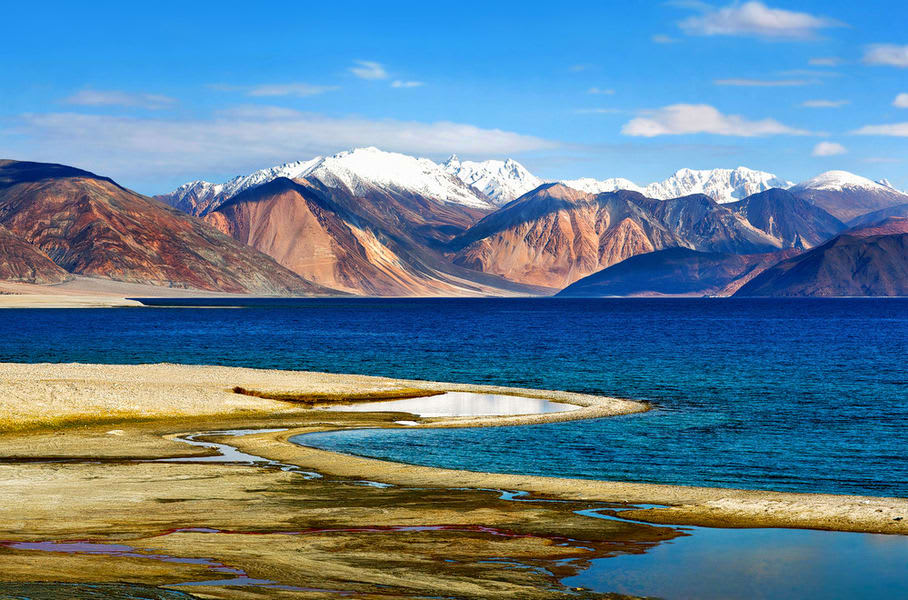
Tso Moriri Lake
Located in the secluded Changthang plateau, Tso Moriri is a tranquil freshwater lake that sits over 15,000 feet above sea level. It is less commercialized than Pangong, offering a more peaceful and offbeat experience. The lake is surrounded by barren hills and snow-capped peaks, reflecting pristine beauty.
It is also a designated wetland reserve, attracting migratory birds like black-necked cranes and bar-headed geese. The nearby Korzok village, home to Changpa nomads, gives cultural depth to the visit. Permits are required due to its proximity to the border.

Turtuk Village
One of India’s northernmost villages, only opened to tourists in 2010, located in the Nubra Valley near the Indo-Pak border. The village is culturally Balti, with distinct architecture, language, and customs compared to the rest of Ladakh.
Lush with apricot orchards, wooden homes, and a winding river, Turtuk feels like a step back in time. Visitors can explore ancient mosques, friendly homestays, and scenic hikes. Its strategic past and peaceful present make it both historically significant and naturally stunning. The village offers a glimpse into a lesser-known facet of Ladakhi life.
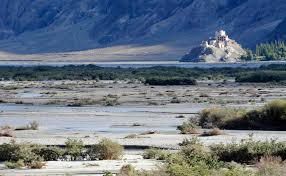
Panamik Village
Quiet village, known for natural hot springs and is the last accessible village near the Siachen Base Camp for civilians, also has old monasteries.
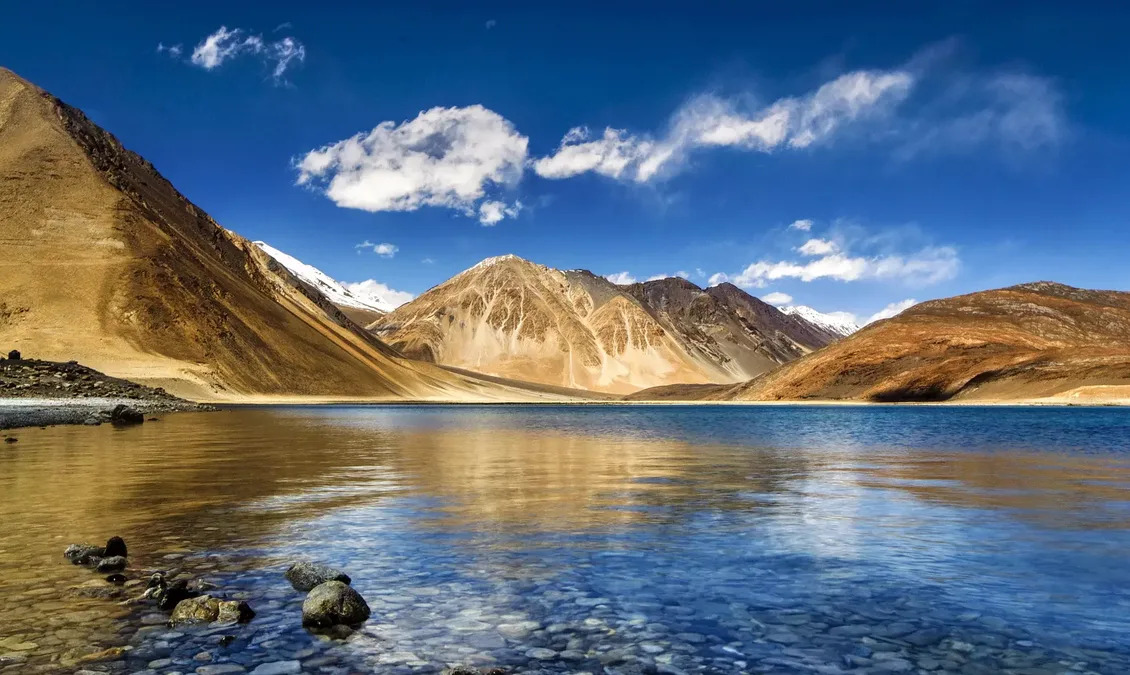
Yarab Tso Lake
Called the “Hidden Lake,” Yarab Tso is reached via a short trek from Panamik. It’s a small but sacred waterbody, perfect for quiet reflection.
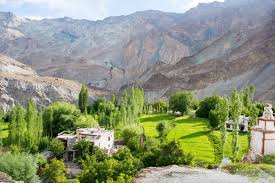
Chilling Village
Renowned for its metal artisans, lies on the Zanskar riverbank. It’s a gateway for rafting and home to Ladakhi craftsmen.
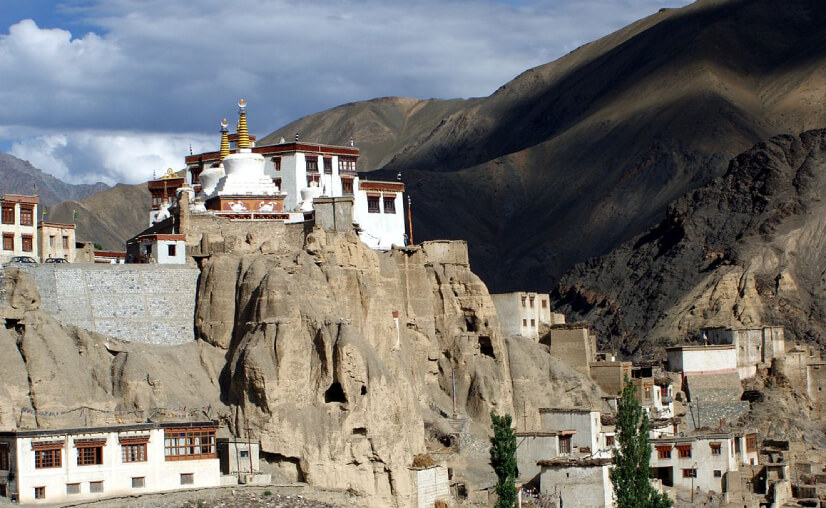
Zongkhul Monastery
Located in the remote Zanskar region, this monastery is built into a cave and associated with Naropa, a Tibetan saint.
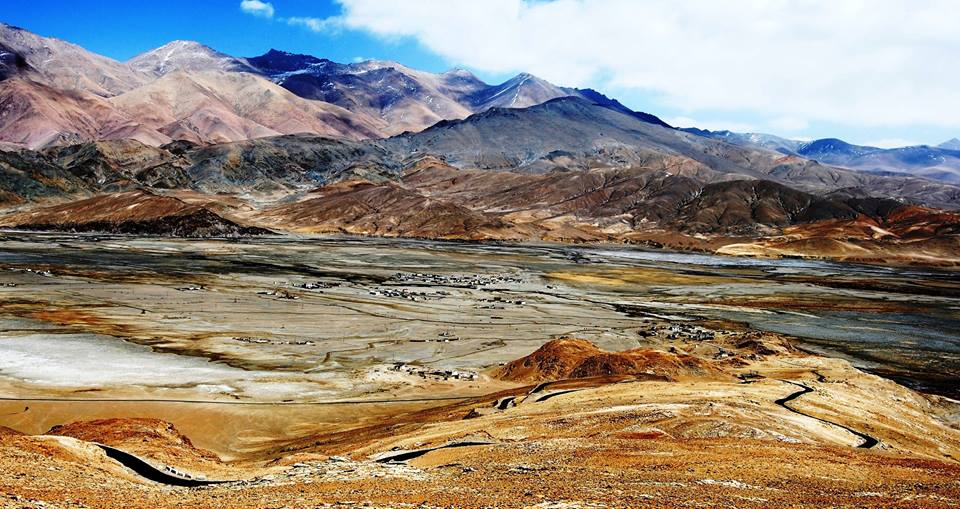
Hanle Village
A remote village in southeastern Ladakh, best known for housing the Indian Astronomical Observatory — one of the highest in the world. The region boasts some of the clearest night skies in India, making it a paradise for stargazers and astrophotographers.
Hanle is also home to a 17th-century monastery perched on a hill, overlooking vast high-altitude plains. The area is sparse, serene, and often windswept, ideal for those seeking silence and solitude. Due to its proximity to the border, special permits are required.

Tso Kar Lake
Lesser known than Pangong or Tso Moriri, Tso Kar is a saline lake with marshes and salt crusts. It’s a birdwatcher’s haven, hosting rare black-necked cranes.
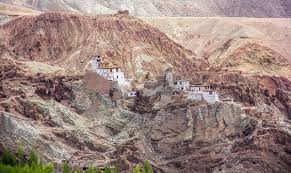
Basgo Monastery
This ancient site holds historical and architectural charm with intricate murals and fort ruins, offering stunning views of the Indus Valley below.
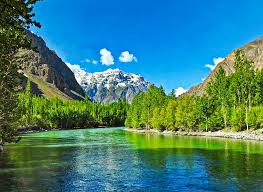
Suru Valley
A verdant contrast to Ladakh’s usual terrain, Suru Valley is rich with fields, wildflowers, and scenic beauty — ideal for slow travel and cultural exploration.
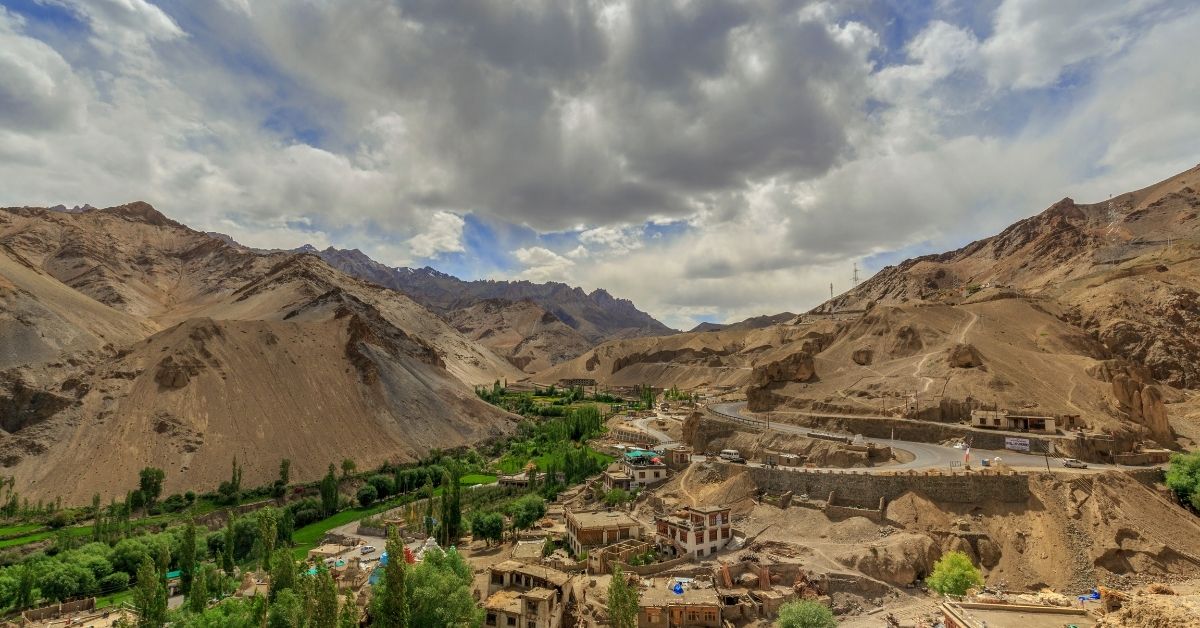
Uleytokpo
A peaceful village nestled along the Indus River, situated between Alchi and Lamayuru. It’s known for eco-resorts and camps that allow visitors to relax amidst apricot orchards and mountain views. The village is a great base for exploring nearby monasteries or simply unwinding in nature.
Uleytokpo offers a blend of rustic charm and comfort, often preferred by travelers looking to escape the tourist crowds of Leh. Its slower pace and natural serenity make it ideal for introspective travel. The sunsets over the Indus here are truly memorable.
